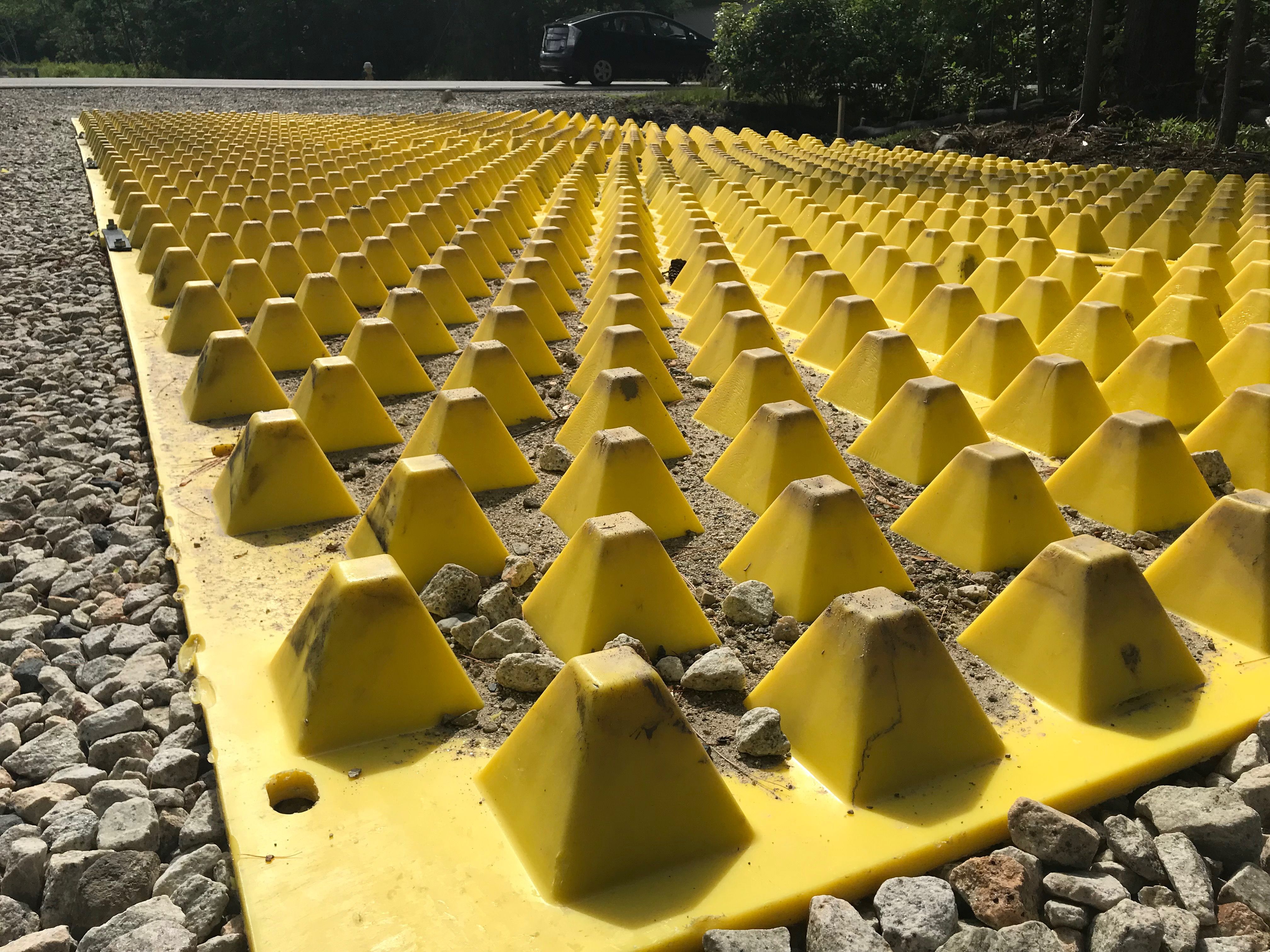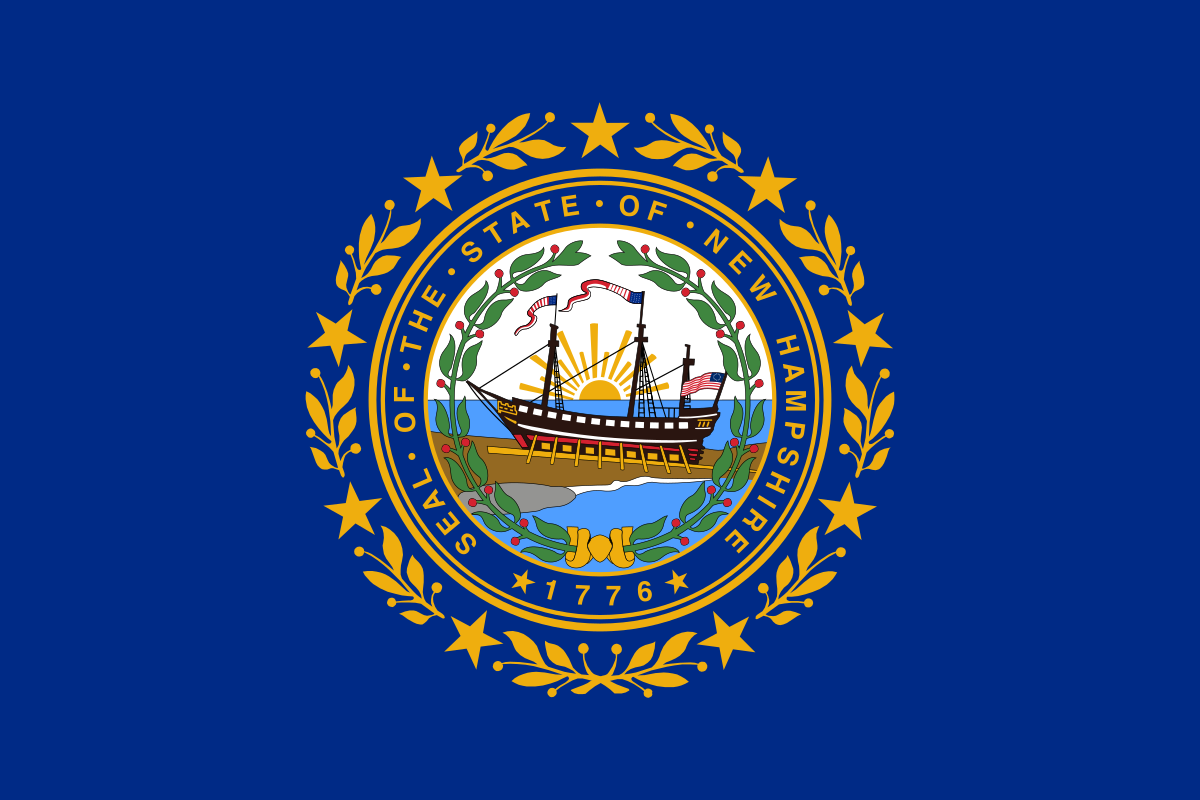New Hampshire Stabilized Construction Entrance & SWPPP Compliance
Prevent Vehicle Trackout. Protect Waters. Stay Compliant with New Hampshire’s SWPPP Requirements.
Construction sites in New Hampshire that disturb land (especially those meeting the federal threshold) are required to develop and implement a Stormwater Pollution Prevention Plan (SWPPP) under the Construction General Permit (CGP). A stabilized construction entrance/exit is one of the most cost-effective and audit-friendly Best Management Practices (BMPs) to keep sediment off public roads, limit off-site discharge, and satisfy inspection/maintenance expectations. The FODS Trackout Control System integrates seamlessly into New Hampshire SWPPP frameworks to deliver repeatable compliance with minimal upkeep. nhms4.des.nh.govdes.nh.govFODS Trackout Control SystemFODS Trackout Control System
Regulatory Basis & What You Have to Do in New Hampshire
- Construction General Permit (CGP) Coverage: Earth-disturbing activities in New Hampshire that trigger federal stormwater regulation require coverage under the CGP and a site-specific SWPPP. This includes preparation of the plan, posting required public notice, identifying responsible parties, and implementing erosion and sediment controls. nhms4.des.nh.gov
- SWPPP Requirements: The SWPPP must define how sediment and other pollutants are controlled during construction, including entrance/exit stabilization, inspection schedules, maintenance and corrective actions, and documentation of controls that prevent off-site vehicle tracking of sediment. des.nh.govdes.nh.govFODS Trackout Control System
- State & Local Integration: New Hampshire Department of Environmental Services (NHDES) manages stormwater implementation and provides guidance, forms, and oversight. Municipalities (e.g., Londonderry and Nashua) layer local ordinances and expectations on top of the CGP, often requiring engineered updates to the SWPPP and professional sealing for revisions. Nashua Official WebsiteLondonderry, NH
- Federal Context & Tools: Because New Hampshire falls within EPA Region 1, operators benefit from regional SWPPP templates, inspection guidance, and impaired waters/BMP resources that support consistent compliance across the state. US EPA
Why FODS Trackout Control Mats Belong on Your New Hampshire SWPPP
Traditional rock pads require continual redressing, generate their own fugitive sediment, and can fail auditors when improperly maintained. FODS Trackout Control Mats replace those aggregate entrances with a reusable, rockless, inspectable stabilized construction entrance that:
- Actively cleans tires by deforming treads and shedding mud into the base of the mat—preventing recontamination of subsequent vehicles.
- Eliminates loose aggregate that can itself become sediment; reduces complementary street sweeping needs compared to traditional pads.
- Supports SWPPP inspection & documentation with consistent, measurable performance and simple maintenance (i.e., sweeping out captured debris).
- Is modular and phase-flexible, letting you reconfigure entrances without rebuilding a new pad—ideal for linear, phased, or evolving project footprints.
Recommended Layout
Standard starter: 1x4 or 1x5T configuration (adjust based on projected traffic volume, vehicle type, and turning radius). This mirrors the proven layouts used across other high-compliance sites and optimizes tire engagement while minimizing footprint.
Key Benefits for Your New Hampshire Project
- Entrance Control Compliance: Meets the CGP/SWPPP expectation to minimize off-site vehicle tracking of sediment without introducing secondary pollutants. des.nh.gov
- Simplified Inspection Defense: Inspectors and third-party reviewers see a clearly defined, maintained control point versus ambiguous and variable rock pads.
- Lower Lifecycle Cost: No aggregate replenishment; rapid cleaning with common site equipment (skid-steer broom, FODS shovel, or street sweeper adjustments).
- Reusable Across Phases & Sites: One set of mats can serve multiple entrances or future projects, scaling with the SWPPP as the site evolves.
New Hampshire SWPPP & Stormwater Resources
- NHDES Construction General Permit (CGP) & SWPPP Guidance. Core permitting, Notice of Intent requirements, public notice, and operator responsibilities. nhms4.des.nh.gov
- NHDES Stormwater Program Overview. State-level policy, permit coordination, and contact/portal access. des.nh.gov
- EPA Region 1 NPDES Stormwater Permit Tools. Templates, impaired waters data, inspection guidance, and BMP implementation support. US EPA
- State Stormwater Manual (2025 NH-specific). Design expectations that inform SWPPP BMP selection and documentation. NH DOT
- Local Municipality Stormwater Requirements (e.g., Nashua, Londonderry). Examples of how cities/towns enforce and integrate the CGP with local ordinances. Nashua Official WebsiteLondonderry, NH
- FODS SWPPP Integration Guide. (Implicit from system-wide best practices and how FODS replaces traditional stabilized entrances). FODS Trackout Control System
Getting Started
Specify FODS Trackout Control Mats as your stabilized construction entrance on New Hampshire projects to reduce off-site sediment tracking, simplify SWPPP compliance, and cut maintenance overhead. Our team can help you:
- Select the right entrance layout for your traffic profile.
- Integrate the entrance into your SWPPP documentation and inspection checklists.
- Provide deployment support ahead of planned construction phases or inspections.

